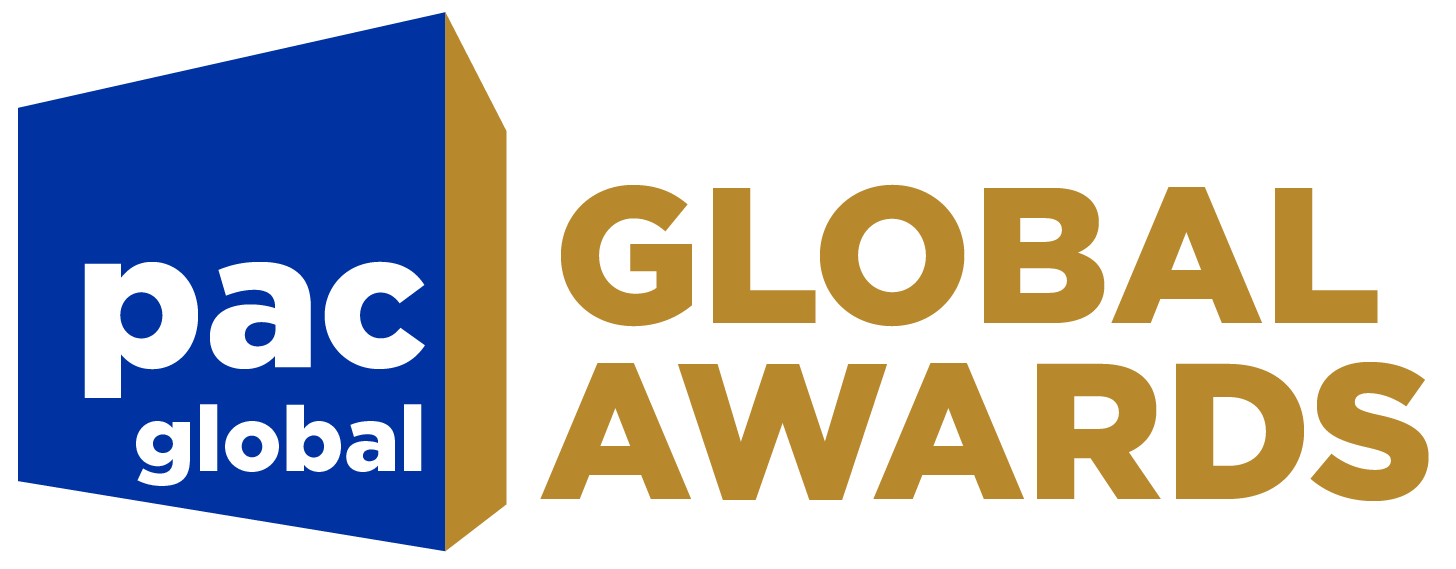Four (4) Award CATEGORIES
Brand Marketing, PAC IOU, Package Innovation, Sustainable Packaging
23 SUBCATEGORIES
1. Brand Marketing
16 subcategories:
New Brand — 1. Food, 2. Beverage, or 3. Non-Food
Brand Extension (using an established brand on new products) — 4. Food, 5. Beverage, or 6. Non-Food
Revitalized Brand — 7. Food, 8. Beverage, or 9. Non-Food
Specialty — 10. Beauty, 11. Connected Pack, 12. Customization & Personalization, 13. Fresh, 14. Health & Wellness, 15. Limited Edition, 16. Wine & Spirits
Subcategory descriptions:
Food - Bakery, cannabis edibles, confectionary, dairy, dry goods, frozen
Beverage - Craft brewers, beer, carbonated soft drinks, bottled water, seltzers, juice & juice drinks, sports drinks, tea and coffee, energy drinks & shots, alternative drinks, cannabis, plant-based
Non-Food - Automotive & hardware, cannabis non-edibles, household, lawn & garden, pet food, toys
Beauty - Cosmetics, personal care, hair care
Connected Pack - Consumer engagement/brand experience facilitated through the combination of design & digital connectivity (QR Codes, Navilens, Zappar or other mobile technology)
Customization & Personalization - Brand experience using packaging to connect with consumers on a personal level i.e. variable/unique pack designs, localized packaging, target/community marketing via packaging, digital printing & embellishments
Fresh - Produce (fruit & vegetables)
Health & Wellness - Over-the-counter pharmaceutical, nutrition, organics, naturals, meatless
Limited Edition - One-time items, seasonal, promotional
Wine & Spirits - Spirits, wine (including non-alcoholic)
2. PAC IOU Design
INCLUSIVE OPPORTUNITIES & UNIVERSAL DESIGN
2 subcategories:
Inclusive — A brand lead approach where any of the following (individual or group) was involved: abilities, ages, disabilities, learning styles, life experiences, neurodiversity, races/ethnicities, religion, classes, genders, sexual orientations, and any other difference.
Universal — A package innovation lead approach designed for: equitable use, flexibility in use, simple and intuitive use, perceptible information, tolerance for error, low physical effort and size and space for approach and use.
3. Package Innovation Design
3 subcategories:
E-Commerce — Packaging designed for the direct-to-consumer experience from e-commerce site.
All packaged components which could include the inner elements, outer shippers, mailers, envelopes, shipping materials, etc.Label — Innovative label design considering: substrate choices, use of certified materials, sustainable inks and adhesives, print production operational and manufacturing efficiencies, enhanced branding and shelf appeal.
Technical — Packaging that features the manufacturing complexity, printing and other applications, connected attributes, & structural design: corrugated containers, flexible packages, glass, labels, metal, paperboard packaging, rigid/semi-rigid containers, transportation protection, combination of any of the above containers.
4. Sustainable Package Design
2 subcategories:
Carbon Reduction — Packaging that is designed to have a lower carbon footprint supported by LCA data or PIP360 scores and featuring material optimization, use of certified materials, operational and manufacturing efficiencies: corrugated containers, flexible packages, glass, labels, metal, paperboard packaging, rigid/semi-rigid containers, transportation protection, combination of any of the above containers.
Package Circularity — Packaging that is designed for circularity featuring reduction, reuse, recycled content , recyclability &, compostability: corrugated containers, flexible packages, glass, labels, metal, paperboard packaging, rigid/semi-rigid containers, transportation protection, combination of any of the above containers.
Nominees to be announced November 2023

